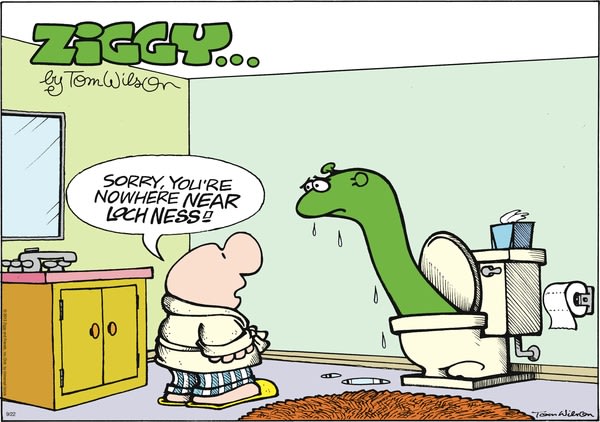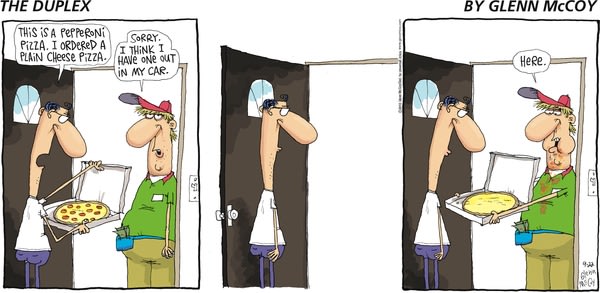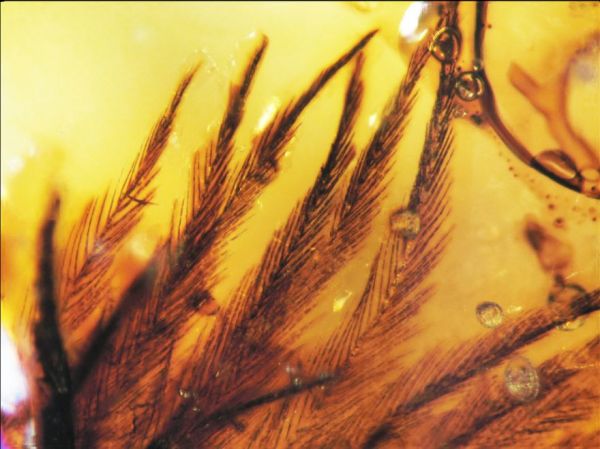by Meg Lindholm
Craig Cobb's house on Main Street in Leith,
N.D., where he spends his days posting online comments advocating for
white supremacists to join his settlement. Cobb, a self-described white
supremacist, has invited fellow white separatists to help him transform
the town into a white enclave.
A white supremacist has plans to take over a tiny town in North
Dakota and turn it into one for whites only. This weekend, members of
one of the nation's largest neo-Nazi organizations will descend upon the
town in a step toward making that vision a reality — and several
residents are trying to stop them.
Leith, N.D., which sits 3
miles off the nearest paved road, has been in decline for decades. The
railroad, schools and most of the town's businesses and residents are
gone. Many buildings are held together by rotting boards and slabs of
concrete. At the urging of residents, the county health department has
condemned several of the structures.
It's part of an effort to
stop Craig Cobb, a white supremacist, from easily moving in others like
him to take over the town and its small local government.
Bobby
Harper, who lives right across an alleyway from Cobb, is the only black
resident in the town of 24 people. He says he was prepared to tolerate
Cobb as long as he kept to himself, but he's angry now that Cobb has
invited other white separatists to join him.
 Bobby Harper, with his wife, Sherill, lives
across the alley from Cobb. He says he was prepared to tolerate Cobb as
long as he kept to himself, but he's angry now that Cobb has invited
other white supremacists to join him.
Bobby Harper, with his wife, Sherill, lives
across the alley from Cobb. He says he was prepared to tolerate Cobb as
long as he kept to himself, but he's angry now that Cobb has invited
other white supremacists to join him.
"He knows that those people that he's inviting to this town are
full of hate," Harper says. "He's bringing his people in that doesn't
like me just because of my race, and that's not the way it should be."
When
Cobb moved to Leith last year, he had already purchased 12 properties.
He's given most of them away to people who are notorious in the white
separatist movement. He gave one to a former Ku Klux Klan leader and
another to Jeff Schoep, leader of one of the nation's largest neo-Nazi
organizations, the National Socialist Movement.
Cobb invited
Schoep and NSM members to visit Leith for two days, starting this
Sunday, to showcase his vision of an all-white community. He says he
wants to install flags of the "formerly white nations of Europe."
"It
would be extraordinarily beautiful when people enter the town,
particularly at night," Cobb says. "We will probably have the National
Socialist hunting flag with stag horns and a very small swastika in the
center — very discreet."
Cobb's plans don't end in Leith. He
also wants to take over other towns roughly adjacent to the state's oil
fields, like one near the Canadian border called Alkabo. "A little bit
like 'al-Qaida' but 'Alkabo,' " he says with a laugh.
Gregory
Gordon, a law professor at the University of North Dakota, says he
doesn't think Cobb is necessarily dangerous but that he should not be
underestimated.
"I don't think we should take him lightly,
because he is very much into glorifying and promoting violence against
racial minorities," Gordon says.
No one has come to Leith, N.D., but the
community is mobilizing to fight out of fear that Cobb (above) could
succeed. The mayor has vowed to do whatever it takes to ensure Cobb's
dream remains just that.
Kevin Cederstrom/AP
But, he says, laws like the Civil Rights Acts of 1964 and 1968
that prohibit discrimination in housing opportunities will very likely
put a brake on Cobb's all-white vision.
Still, the residents of
Leith aren't feeling hopeful. Several say their best chance of saving
their town may be to legislate it out of existence. They are considering
and transferring control to the county.
It's a painful choice, says longtime resident Bethany Haberstroh.
"It's
sad seeing a town die off, but what's heartbreaking is to see a town
struggling with the decision of dissolving its government because an
extreme hate group is wanting to take over," she says.
Meanwhile,
Harper, Cobb's across-the-alley neighbor, says he won't be driven out.
"They gotta do something very drastic to make it very unsafe and
uncomfortable for me. Right now, I don't see it happening," he says.
A
protest against Cobb and the National Socialist Movement is also being
planned for this weekend. The town's mayor says his fervent hope is for
peace on both sides.







































 More
and more evidence of feathered dinosaurs comes to light as scientists
look in different places. Paleontologists in Canada began digging
through large museum collections of amber searching for tiny pieces of
feathers that no one would bother with before.
More
and more evidence of feathered dinosaurs comes to light as scientists
look in different places. Paleontologists in Canada began digging
through large museum collections of amber searching for tiny pieces of
feathers that no one would bother with before.


